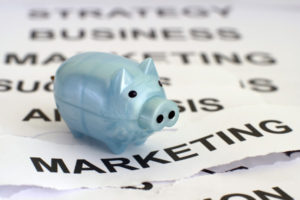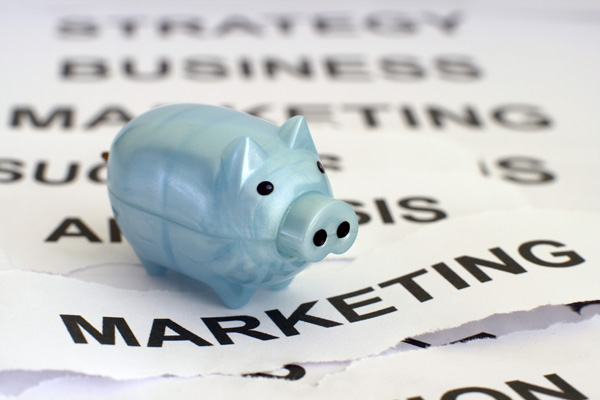What is the customer journey? The customer journey is a written representation of a customer’s experience: from initial contact, to engagement, to converting that person into a long term relationship.
 Anyone can understand the customer journey, not just marketing agents. While it may take quite a bit of time to fully develop a customer journey, it is worth putting to together because it will help you plan how your prospects is coming to your business and how you lead them to become paying customers.
Anyone can understand the customer journey, not just marketing agents. While it may take quite a bit of time to fully develop a customer journey, it is worth putting to together because it will help you plan how your prospects is coming to your business and how you lead them to become paying customers.
A prospect, lead, or customer may spend anywhere from a few minutes to a few years at nay one of the stages of the customer journey. Trying to force a lead to make take the next step in their journey right away may be seen as aggressive and will discourage them from doing business with you. Allow them to move down the sales funnels when the time is right for them.
What Does the Customer Journey Look like?
The point of this customer journey map is to move leads from being cold prospects to hot prospects and customers.
-
Generate Awareness of your business
- This can be implemented through advertising (both online and offline)
- Offline: Such as TV, Billboards, print ads, newspaper ads, magazine ad placement
- Online: Such as Search Marketing (PPC and SEO), Social Media Marketing –most afforadable on the Big 6 (Facebook, Twitter, LinkedIn, Instagram Influencers etc)
-
Driving engagement
- This is the step where you encourage prospects that are aware to become “fans” of your content. They will become fans of a sort when you continuously provide them with value with…
- Blog Posts
- Podcasts
- This is the step where you encourage prospects that are aware to become “fans” of your content. They will become fans of a sort when you continuously provide them with value with…
- Online Videos
-
Build subscribers. Your subscriber base creates leads that are opted in to your content.
- Can come in any of these forms:
- Social media followers
- Podcast subscribers
- Can come in any of these forms:
- Webinar registrants
- Email subscriptions (most popular). Email subscriptions are the cheapest and highest converting. You should always make sure you are providing some sort of value to your subscribers and not just sales pitches (see step 2)
-
Increase conversions
- Raise prospects’ commitment level by asking for a small amount of time or money.
- The goal here is not to make a sale, but to increase the level of connection.
-
Build excitement
- Give the customer something to make them excited about your product or service. This is called client onboarding. An example would be a physical info packet in the mail, an email listing the benefits for signing up.
- Make the benefits of using your service very clear. In fact, make it the largest thin on your email or mailer.
-
Making the core offer sale
- This is called buyer ascension.
- Prospects are most likely to buy an intricate or expensive product from you if they have already invested a little time or money in you.
- Not only that, but you have earned their trust in step 4 when you delivered a product they were happy with in the past.
- This is the step where prospects buy an expensive item, sign up for a monthly subscription, and/or become repeat customers.
-
Create brand advocates
- This is the part where you prompt your clients for testimonials on these platforms:
- Yelp , Google my business, Amazon, Facebook business accounts.
- They are more likely to give these reviews if you provide them with the direct link to the review page.
- Create brand promoters
- Promoters actively talk about how great your business is. They may do this through word of mouth, blogging, or tagging your business in their social media posts.
- This is the part where you prompt your clients for testimonials on these platforms:
Tools for Customer Journey Map implementation
- The transition of prospects though this journey subtly and seamlessly by using urgent call to actions. Ex. Email us Now!, Get a Consultation Now! Or… Order a FREE SAMPLE!
- You should also track your performance online by asking your webmaster or marketing agent track your clickthroughs.
- Measure and create key performance indicators (kpi’s) ex. How many leads are you looking for in a 1 month timeframe?
Keep track of your customer progress to better keep track of which customer segment you’re moving forward in the journey to monetization and brand advocacy. To do this, try using a marketing calendar.

